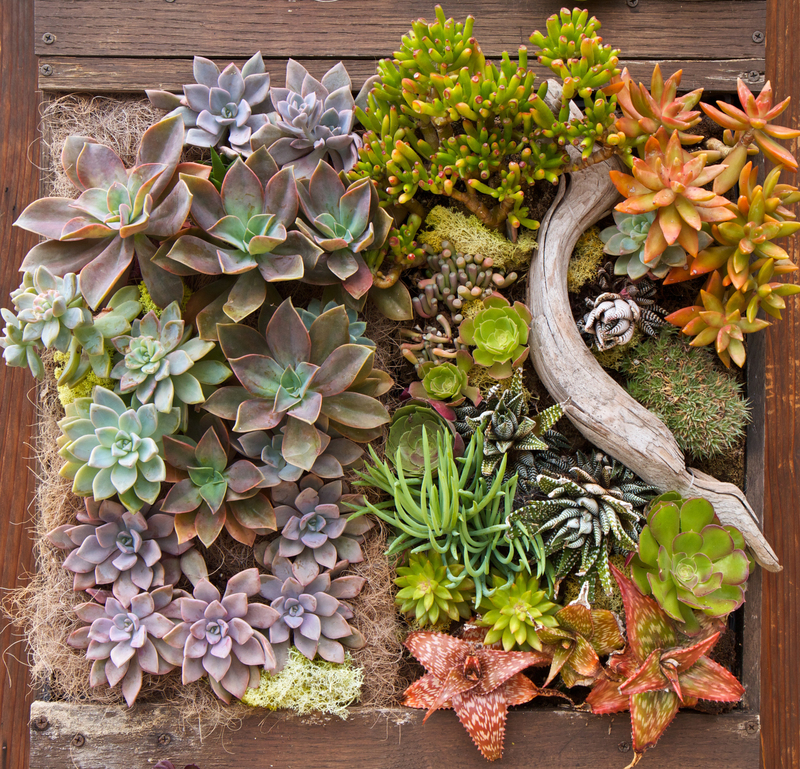DIY Mini Golf Course for Home
Posted on 22/04/2025
Transforming your backyard into a mini golf course brings fun, exercise, and competitive excitement to your home. Even if you've never built a course before, creating a DIY mini golf course can be a fulfilling and rewarding project. This guide will walk you through the critical steps, offering expert tips, highlighting the pros and cons, and providing key takeaways to ensure your success.
Step 1: Planning Your Course
Before you break ground, consider the layout of your space. Sketch a basic design that includes the number of holes and their placement. The best mini golf courses incorporate a variety of challenges, including obstacles, ramps, and progressively difficult shots.
- Choose a theme: Whether it's a classic golf course motif or something more adventurous like a pirate or jungle theme, selecting a cohesive look elevates the fun factor.
- Determine the size: Measure your space carefully to know how many holes you can fit comfortably. Remember, courses can range from simple 3-hole designs to full 9 or 18-hole adventures.

Step 2: Gathering Materials
Constructing a mini golf course can be uniquely tailored based on the materials you choose. Here are some basics you'll need:
- Artificial turf: Provides a smooth, durable surface that mimics real grass.
- Wood: Used for the course's framework and obstacles.
- Tools: Basic hand tools like a saw, hammer, measuring tape, and drill.
- Paint: To decorate obstacles and boundaries.
- Golf balls and putters: Essential for playing the game, obviously.
Consider visiting hardware stores, looking for online sales, or even repurposing materials you already have to stay budget-friendly.
Step 3: Building the Course
With your plan and materials in hand, start outlining your course:
- Clear the area of any debris and level the ground as much as possible for a smooth playing surface.
- Lay down the artificial turf, securing it with stakes or adhesive as needed.
- Construct the course framework using wood to outline each hole. Be sure your borders are sturdy and won't shift during play.
- Create and place your obstacles. Use your chosen theme to inspire creative and challenging designs: ramps, tunnels, and barriers all make for exciting play.
- Paint and decorate your course to enhance its theme and appearance.
Step 4: Testing and Tweaking
Once your course is built, test it out by playing a few rounds. This helps you identify any areas that need adjustments:
- Check the ease and difficulty of each hole. Adjust obstacles if necessary to balance the challenge.
- Ensure the course surfaces are smooth and secure.
- Make any final aesthetic upgrades to align with your theme.
Pros and Cons of a DIY Mini Golf Course
Like any home project, there are benefits and challenges associated with building a DIY mini golf course:
Pros
- Entertainment: Provides endless fun for family and friends.
- Physical Activity: Encourages outdoor exercise and friendly competition.
- Customization: Allows for creative expression and personalized obstacles.
- Increases Property Value: Unique features can add to your home's appeal.
Cons
- Cost: Materials and tools can add up, especially for a large course.
- Time-Consuming: Designing and building the course requires significant time investment.
- Maintenance: Regular upkeep is needed to keep the course in good condition.
- Space: Requires a sizable outdoor space, limiting feasibility for some homes.
Tips for Success
- Start Small: Begin with a few holes and expand as you get more confident in your building skills.
- Get Creative: Use household items or natural features as inventive obstacles.
- Engage the Family: Make it a family project. Kids can help design and build, making it more enjoyable and educational.
- Test Frequently: Regularly test each hole to ensure they're fun and fair.
- Stay Flexible: Be prepared to make changes if something doesn't work as planned.

Key Takeaways
- Plan thoroughly before starting to ensure a cohesive and fun design.
- Gather quality materials to ensure durability and safety.
- Building a mini golf course is both a fun and time-consuming project.
- Test and tweak your course regularly to enhance playability.
- Engage the whole family to make the project more enjoyable and collaborative.
Conclusion
Creating a DIY mini golf course in your backyard is a fantastic way to blend creativity, physical activity, and family bonding. With careful planning, the right materials, and a little bit of effort, you can construct an engaging and entertaining space that brings joy to all who play. While building the course may present challenges such as time investment and cost, the rewards of personalized entertainment and outdoor fun far outweigh the disadvantages.
So grab your tools, gather your family, and embark on this exciting project. Soon, you'll be the proud owner of a homemade mini golf course that will be the envy of your neighborhood.







